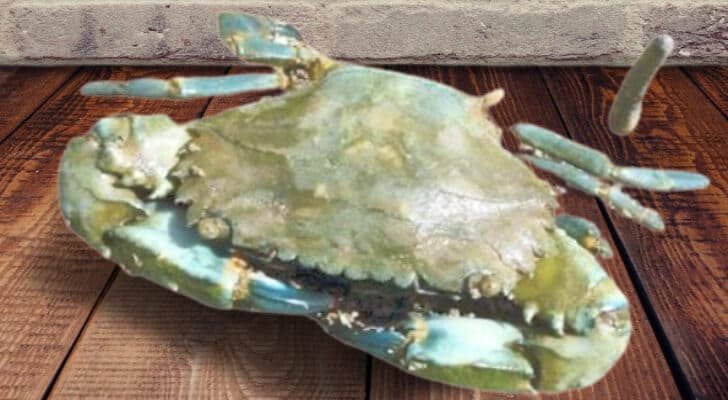Snail farming is very profitable farming nowadays. Snails are a very important part of the ecosystem. Snail farming is an excellent way to help create more snails and provide food for people as well as other animals. Snail farming can be done in many ways, but it all starts with raising them up from baby snails. Here is a comprehensive guide on how to raise snails for production!
Snail farming may not be the first business that springs to mind when considering profitable enterprises in Nigeria. This essay will provide you with a better understanding of how much-hidden wealth there is in starting a snail farming company in Nigeria.

5 Steps To Starting A Snail Farming
If it has succeeded in the past, it will succeed in Nigeria. The following are the five essential phases for establishing a lucrative snail farming business in Nigeria.
Step 1: Decide which species of snail to farm
You’ll need to use a single species of a snail when building a snail farm. According to research, Achatina achatina snails are the greatest for hot climate areas like Africa.
Step 2: Set-up your farmland for housing
Your snails need lots of grazing areas in their tank. Snail pens that are overcrowded stifle the growth of snails, which is why it’s important to avoid it. A properly spaced snail habitat lowers the likelihood of disease outbreaks due to crowding.
Snails are excellent at escaping from confinement, so make sure your housing is escape-proof. With a soil depth of 10 inches and trees surrounding it, you may create a pen house that is big and accessible.
Step 3: Purchase your snails
You’ll need snails to start a snail farm. After you’ve built the snails’ housing and farmland, it’s time to purchase some new, high-quality snails from the market or any other farm. It’s usually a good idea to examine the snails yourself before purchasing them so that you’re certain they’re in good condition.
You’ll need healthy, thriving snails that can lay eggs and help populate your farm when you first start your snail farm. Examine the snail’s shell. If there is a lip, it indicates that the creature is fully developed.
Step 4: Feeding and Rearing of the snails
Snails are herbivores that can be fed with a wide range of vegetables, including cabbage, cucumber, mango, banana, eggplant, pear, tomato, and paw-paw. Snails may also be fed with pineapple banana or paw.
Snail farming entails a lot of mating and laying eggs. Mating usually occurs during the spring and summer seasons. Hermaphrodites may fertilize one other as soon as they are ready, thanks to their being both male and female. To ensure successful egg-laying, use high-quality soil with the appropriate temperature and humidity.
Step 5: Harvesting and Selling of the snails
It’s not a good idea to harvest your snails before they reach maturity; you must wait till they’re ripe. To sell in the market, don’t clear all of the mature snails at once. It is critical to maintaining a few for breeding and as stock for your snail farm.
Snail meat is a decent product for sale. In the local market, you can simply sell snails. Snail consumption is growing rapidly across the world. So, exporting to foreign markets might help you make more money.
Cost of Starting a Snail Farming Business
The following are the expenses you’ll have to pay if you’re considering how to start a snail farm. Housing is the most essential cost, but there are many more expenses you should think about while planning for your future. Fresh snails must be purchased, fed, handled and processed, marketed, and transported.
Depending on how big you want your snail farm to be, you can begin it with N60,000 or N100,000. It is now possible to produce 1 million snails valued at more than N5 million every two years, aside from the amount of money you put up.
With such a high number of Achatina, this is something that can definitely be attempted. The presence of many highly prolific Achatina species of snails, which lay 200-400 in one batch two to three times a year, makes it feasible. If you produce 100,000 snails and sell them for N250 each.
Creating a snails farming company plan is an essential stage for novices that must be completed before beginning. This will provide you with a thorough knowledge of all that needs to be done.
FAQ
Is snail farming profitable?
Snail farming can be a profitable business if done correctly. It requires minimal start-up costs, and the snails are easy to raise and care for. Plus, there is a growing market for snail meat, eggs, and slime products, which can be sold at a premium price.
How many months does it take snail to grow?
The growth rate of snails varies depending on the species and environmental conditions. In general, it can take anywhere from one to several months for a snail to reach maturity.
What are the disadvantages of snail farming?
Snail farming can be a difficult and labor-intensive endeavor. One of the primary disadvantages is that it requires a significant amount of time and resources to get started. Setting up the necessary infrastructure, such as enclosures, housing, and food sources, can be expensive and time-consuming. Additionally, snails require a specific environment to thrive, which means that the farmer must be able to provide them with the right conditions in order for them to remain healthy and productive.
Conclusion
In terms of expense and time, snail farming is a low-risk business. Unlike most other livestock operations, snails have very few start-ups and running costs. To save money on the purchase of farmland, you may even establish your snail farm in your own garden.
The rainy season, especially from July to October, is the ideal time to begin snail farming since that is when snails usually start breeding. During scarcity between March and December, which is the dry season, the costs of snails rise dramatically.
As A Reference: Wikipedia


